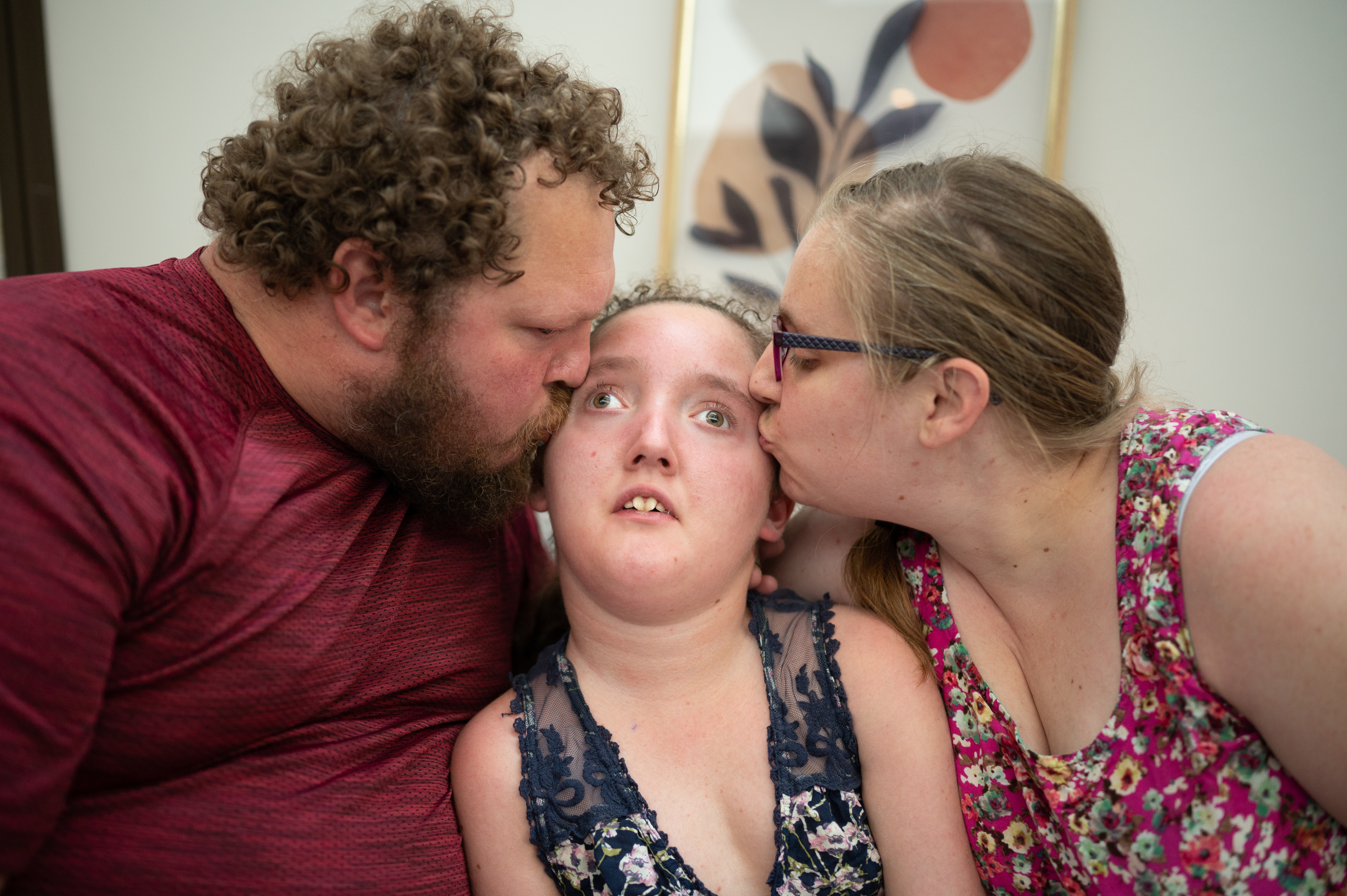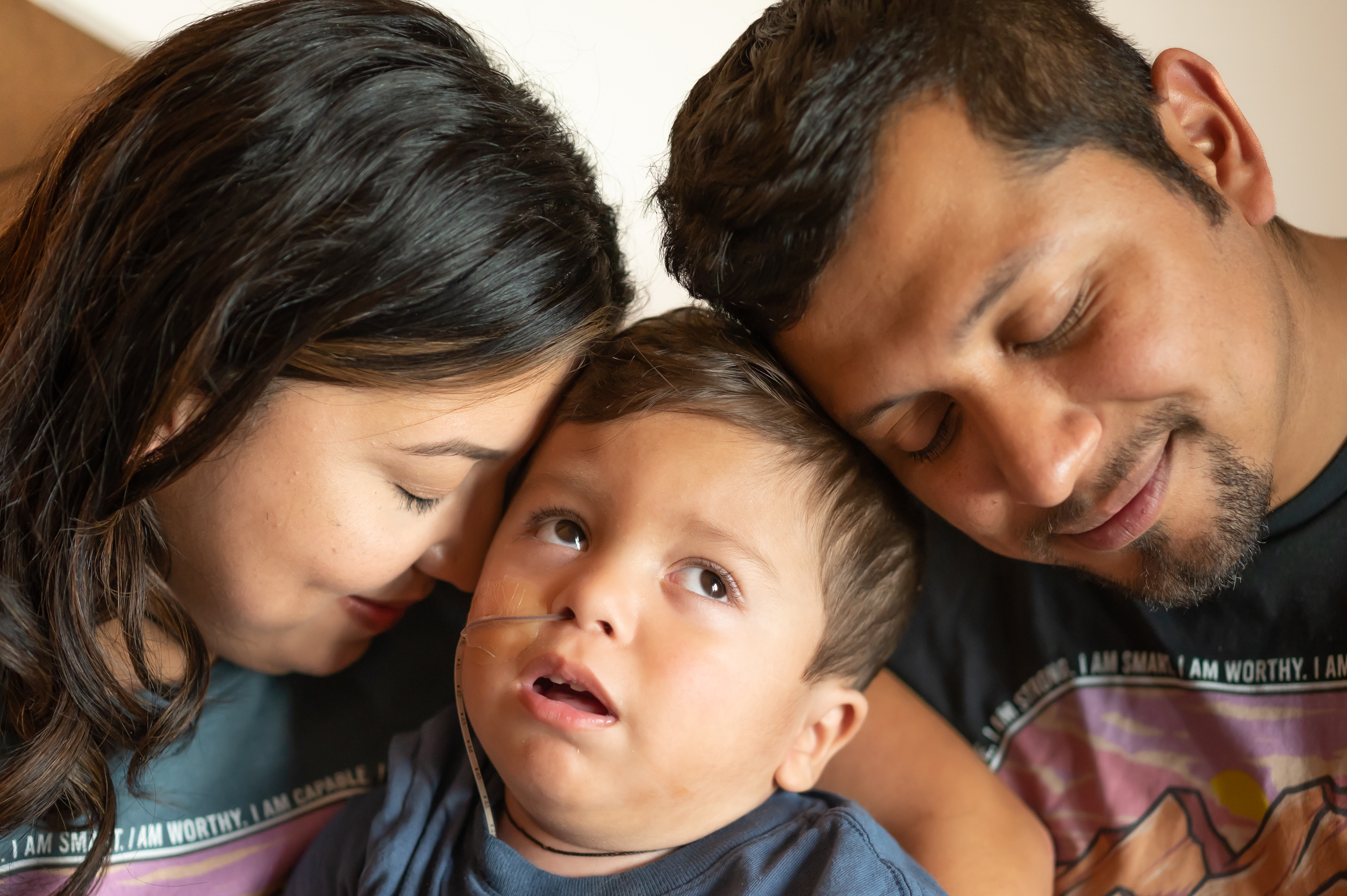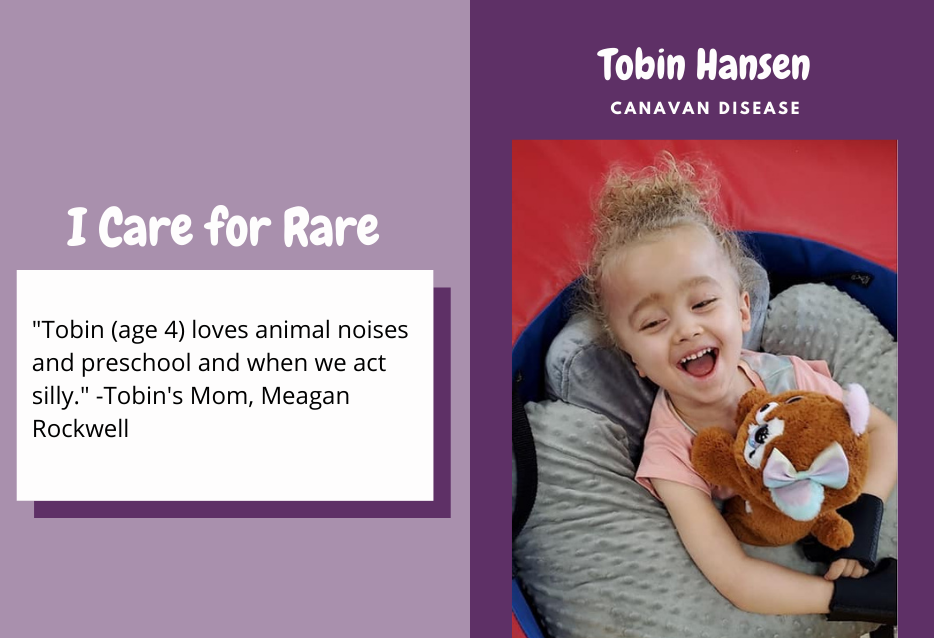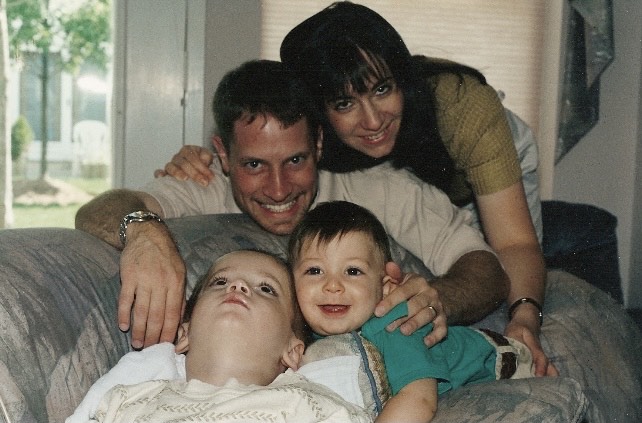-


Annual Family Conference 2023
Join the NTSAD Community from June 1-4, 2023 in Reston, Virginia.We Care for Rare
Meet Rare Families. Read More› ‹- 1
- 2
- 3
- 4
- 5
- 6
- 7
Latest News
-
Community News
Read NTSAD's latest e-newsletter! Sign up to receive next month's at the bottom of the home page. Read More -
-
- 1
- 2
- 3
- 4
National Tay-Sachs & Allied Diseases Association (NTSAD) leads the worldwide fight to treat and cure Tay-Sachs, Canavan, GM1, and Sandhoff diseases by driving research, forging collaboration, and fostering community. Supporting families is the center of everything we do.
- Default
- Title
- Date
- Random
NTSAD - Gene Therapy
- Details
- Category: Category 1: Restoring Enzyme Function
Gene therapy has a lot of promise to cure genetic diseases
The goal of gene therapy is introduce the correct genetic code into a cell so that enzyme production can occur. The correct genetic code may be delivered in various ways, but the most common approach is using a viral vector. Typically, when a virus enters the human body, it injects its own genetic material into the nucleus of the human cell, so the viral genetic material will be then be replicated in the human body when the cell divides. In gene therapy, the DNA of the non-disease causing virus is altered so that it carries the correct genetic code which the person needs. Therefore, when the virus enters the cell and injects the genetic material into the cell's nucleus, the cell will be given the correct information to produce the enzyme which it is missing.
There are many challenges to safe and effective gene therapy. Some of these include
- difficulty of creating effective vectors for gene delivery to the brain
- need to introduce the gene into a large number of cells to be effective
- challenge of inserting the genes into the appropriate brain cells
- potential for an oncogenic (cancer) event to occur as a result of the insertion of the gene into the cell's chromosomes
However, this is an exciting and progressing research area.
Adeno-associated viruses (AAV) are an example of a viral vector which is showing promising results in gene therapy trials in animal models. It is a harmless virus which most people carry, so is believed to be a safe way to insert new genetic material into humans. Read more about the delivery approaches here.
Research into gene therapy in animals with Tay Sachs and Canavan has also been using the AAV gene therapy, as is described on the Research by Disease page.
Learn more:
http://ghr.nlm.nih.gov/handbook/therapy/genetherapy
http://learn.genetics.utah.edu/content/genetherapy/









